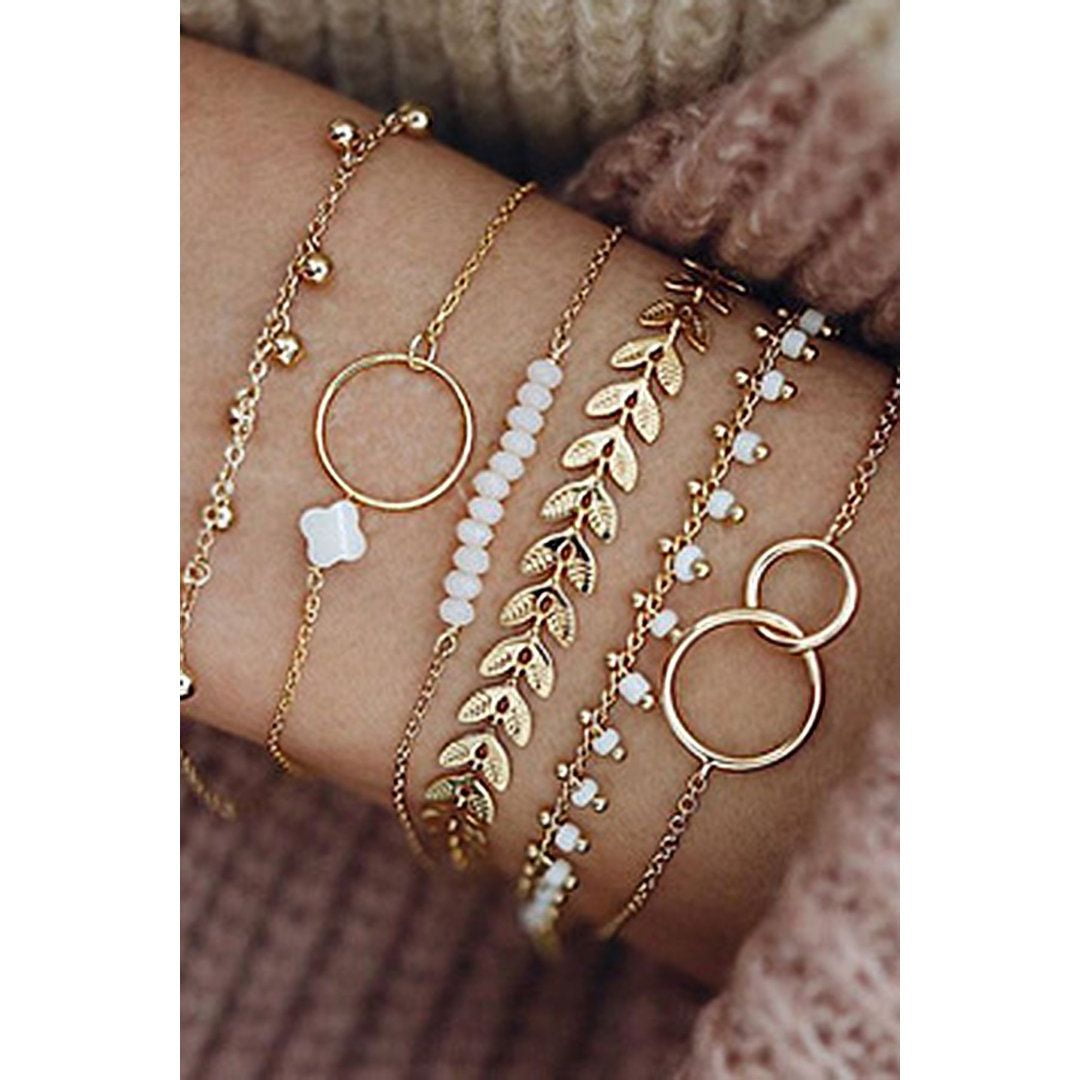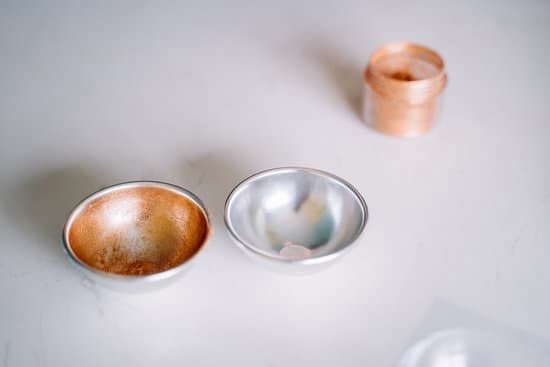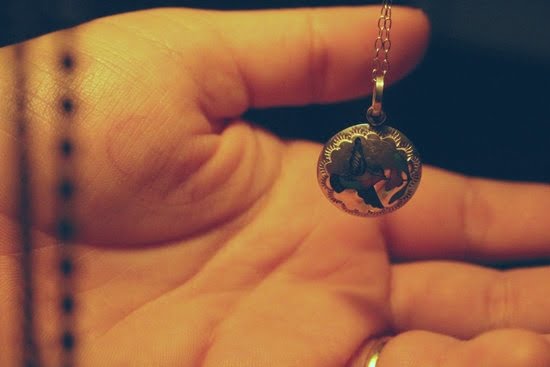Introduction
Nickel allergy is a type of metal allergy that affects around 10-15% of the population. It is caused by contact with nickel, a metal commonly found in jewelry, coins, and other metal objects. Contact with nickel can cause an allergic reaction such as dermatitis, which is an itchy rash or redness on the skin. Individuals who are sensitive to nickel may experience rashes, itching, or burning when exposed even for a short period of time. It is important to identify items which may contain nickel so that individuals can avoid potential contact with this allergen.
Expansion: Jewelry Alternatives for Those With Nickel Allergy
There are several options available for those looking to wear jewelry without experiencing an allergic reaction. Often times these jewellery pieces will be labelled as ‘nickel-free’ or ‘hypoallergenic’ so look out for these descriptors when shopping for jewelry. Non-metal alternatives are also available in the form of plastics, rubber or fabric-based options such as glass beads necklace. Sterling silver and 14k gold items are unlikely to trigger a nickel allergy response because those metals alone do not release detectable amounts of nickel; however it is still possible that additional alloy materials used in creating the object could cause an allergic reaction. As a result, someone with a Nickel allergy should exercise caution when wearing sterling silver and gold items. Finally titanium and surgical steel are usually suitable choices since they lack any level of nickel content; however it is still advised to confirm this before purchasing any jewelry item made using these materials due to manufacturing variations between different producers or distributors.
Symptoms of Nickel Allergy and How to Identify
If you think you may be allergic to nickel, there are various signs and symptoms to look out for. Common nickel allergy symptoms include skin irritation or rash where the item of jewelry has been in contact with your skin. Other indications may consist of redness, itching, swelling and hives, as well as blisters or dry patches forming on the skin, which can last even after your jewelry has been removed. If you’re particularly prone to reactions such as these it could be something more than just an irritation from a cheap piece of jewelry.
In order to properly diagnose a nickel allergy and test if something is causing an issue for your skin, a doctor can perform an allergy patch test on your arm where small amounts of nickel (and other common allergens) will be applied to an adhesive pad and left on for 48 hours. The results should give an accurate diagnosis as to whether or not you’re allergic to the metal. If that does come back positive then it’s best to avoid wearing any jewelry items containing nickel, either directly against your skin or as decoration on clothing.
Good alternatives for people who do have a nickel allergy include hypoallergenic materials and metals that contain no trace of nickel including surgical steel 316L; another material often used in earrings which is usually widely tolerated by those with allergies is gold-plated stainless steel– this is because the plating helps protect against any direct contact with the material itself but just be sure to check whether the metal coloration is made using nickel before purchasing. Lastly titanium jewelry can sometimes be well-tolerated too despite being relatively inexpensive but it’s worth doing a patch test first beforehand if possible.
Avoiding Nickel
Labelling: In North America and Europe, nickel-free jewellery is required to bear labelling or an adhesive sticker stating “nickel free” or “does not contain nickel”. This can help you identify jewelry that is suitable for people with a nickel allergy. However, always check the ingredients list because some products may have come in contact with Nickel although it’s not contained in the product itself.
Trusted Brands: When shopping for jewellery, look for brands that are known for using quality metals such as rhodium-plated sterling silver, stainless steel and titanium which all will not cause a reaction on those who are allergic to nickel. Other brands may offer hypoallergenic options made with exotic metals such as ceramics, gold plating over solid brass or copper bases and other specialty finishes.
Types of Metals: Metals that are safe to wear if you have an allergy to nickel include sterling silver (rhodium-plated or pure), stainless steel, titanium and platinum. Copper is generally regarded as hypoallergenic but some people may still experience a reaction; they should consult their doctor before considering wearing any jewellery made from copper alloys. Other metals such as gold plated with gold alloy over surgical stainless steel or brass can also be worn with caution due to their low reactivity rates compared to similar non-precious metal alloys found in costume jewellery
Different Types of Jewelry That Contain Little to No Nickel
Materials such as gold, silver and titanium are ideal materials to choose if you’re allergic to nickel. Gold is an excellent choice since it provides a luxurious looking piece of jewelry while being highly resistant to corrosion. Silver is another great option, as it is softer than gold and therefore often less expensive. Titanium is also especially safe for people with nickel allergies, it’s lightweight and can be used for almost all kinds of jewelry pieces. Other metals that are considered safe for people with nickel allergies include copper, Cobalt Chrome, stainless steel (316L) & hypoallergenic Surgical Grade Stainless Steel. Some other materials not containing any nickel to consider for your jewelry include plastic, nylon or fabric-covered pieces of jewelry; ceramics; wood; glass, semi-precious gems like amethyst or turquoise; and pearl.
Tips for Wearing Nickel-Free Jewelry
If you are allergic to nickel, it can be tricky to find jewelry that won’t cause an allergic reaction. The best solution is to find jewelry made of materials other than nickel. Opt for pieces made out of cobalt, stainless steel, gold or platinum as those metals are unlikely to contain any nickel. There are also specialty stores that make and sell nickel-free jewelry.
When selecting a piece of jewelry, inspect it thoroughly before wearing; inspect the back of earrings and clasps on necklaces and bracelets especially carefully. For added protection against contact dermatitis, use sanitary wipes or wash with gentle soap and water before wearing any piece that has been previously owned or tried on in a store. You could also apply a thin layer of clear nail polish to the exposed metal surfaces (but avoid the inner surface which touches the skin). It’s important to avoid soaking your jewelry in hot water – this can cause accidental exposure to chlorine if you’re not careful, potentially triggering an allergic reaction. To prevent tarnishing, keep your pieces tightly sealed in plastic bags when storing your jewelry when not wearing them. When not in use, store all pieces away from any form of moisture in a dry area.
Maintaining Nickel-Free Jewelry
One of the best ways to avoid a nickel allergy flare-up is to wear jewelry that is made from a hypoallergenic material. There are many items of jewelry which are suitable for those with nickel allergies, such as stainless steel, titanium, gold and silver. Stainless steel is a popular choice due to its affordability and its ability to prevent tarnish and discoloration. Titanium jewelry is similarly affordable but is even more lightweight than stainless steel.
Gold and silver jewelry may be expensive initially but will last for years with proper care and cleaning. Taking measures to maintain your nickel-free jewelry can save you money on repairs or replacements in the future. Take extra care when it comes to cleaning – use a cloth dampened with warm soapy water or an alcohol solution rather than chemical-based cleaners – and performing minor repairs like tightening clasps or replacing earring backings. Allowing moisture can cause damage over time, so store your pieces in separate airtight bags away from humid environments such as bathrooms or closets. It is also important to have regular professional inspections to check for any signs of damage or wear and tear, ensuring that your pieces remain in good condition throughout their lifetime.
Conclusion
If you suffer from a nickel allergy, you don’t have to give up on wearing beautiful jewelry. It is possible to look your best and stay allergy-safe. Finding jewelry made out of stainless steel, sterling silver and gold are some excellent choices for those enjoying stylish accessories safely. While these metals may cause irritation for some people with treated, plated surfaces it’s best to choose untreated solid gold, sterling silver or stainless steel pieces without a plated surface. Leather and wooden bracelets are also great options that can complete any look while helping keep the skin free of any rashes or itchiness. With a few precautions such as cleaning jewelry regularly and avoiding plated pieces; allergic reactions can be kept at bay while still looking amazing in stylish and unique jewelry pieces.

Welcome to my jewelry blog! My name is Sarah and I am the owner of this blog.
I love making jewelry and sharing my creations with others.
So whether you’re someone who loves wearing jewelry yourself or simply enjoys learning about it, be sure to check out my blog for insightful posts on everything related to this exciting topic!





